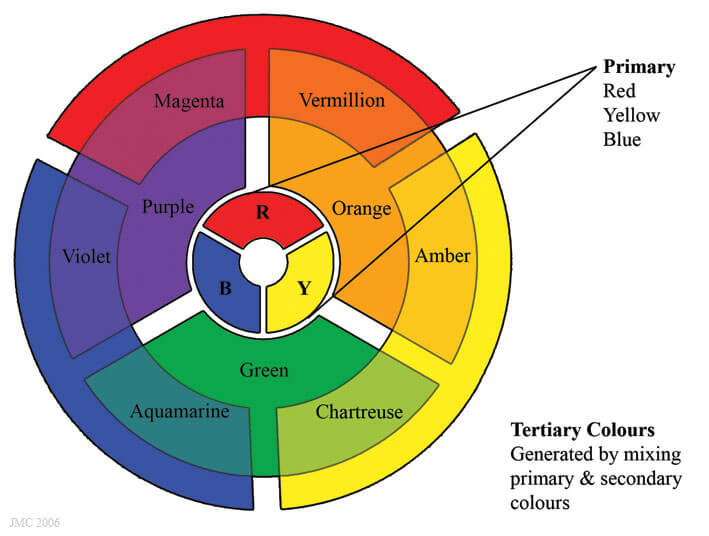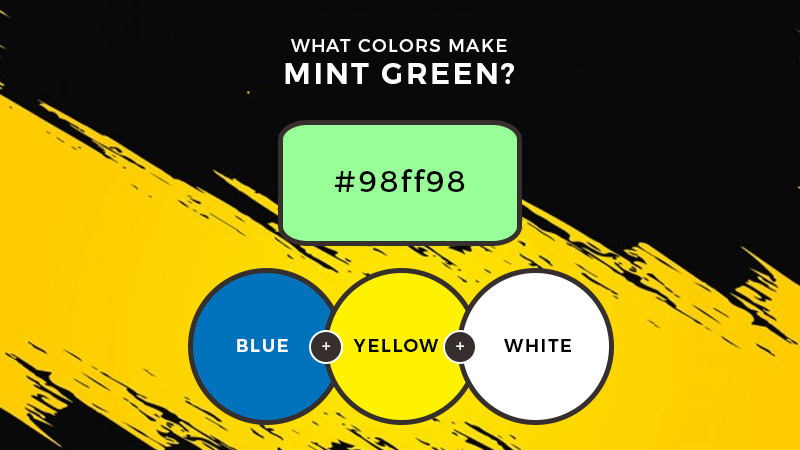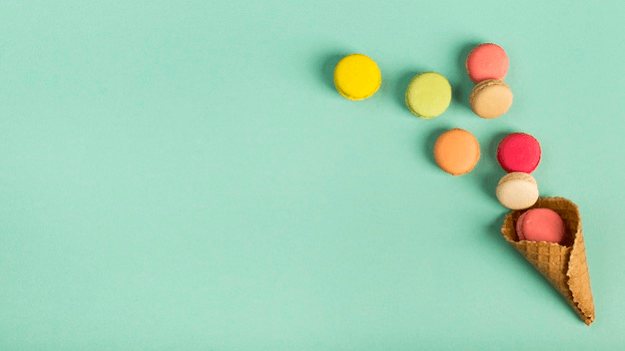What Colors Make Mint Green? What Two Colors Make Mint Green
Wondering how to make mint green using the art of color mixing?
For many, the sound of this versatile hue denotes a state of tranquillity. Exhibiting a softer shade of turquoise and green, mint green comes as a valuable color choice for artists and designers given its brightening capacity and general freshness.
Although the first use of its name emerged relatively recently, specifically in 1920, mint green has long been present in nature and science. From soothing images of spring break and warmer days, to blossoming gardens, this color represents a broad variety of calming visuals.
Coming from this, it is only natural for artists and designers to seek ways to replicate this versatile color by mixing different pigments together.
In this article, we aim to help you arrive at the right methods to do so and discuss ways you can properly apply this color in art and design.
Read on …
The Color Wheel
Before we dive straight into the art of color mixing, it is important to understand the basics of what we call the “Color Wheel” first.
If you were to recall your primary schooling, you might remember your teacher presenting a wheel displaying a spectrum of colors in front of the class.
This illustrative organization of color hues serves as an essential tool for understanding the relationships between colors and how one can effectively apply each hue in his or her artwork to evoke the right emotions from spectators.
Under the Color Wheel, colors are divided into three categories, namely the primary, the secondary, and the tertiary. To help you with a quick refresher on this topic, here is a quick guide on what colors form each category and what makes them unique from one another.
- Primary Colors
First and foremost, the primary colors are those that are at the top of any color structure. In the traditional color theory, these are the pigments from which all other colors are derived from and cannot be created by mixing other colors.
They consist of the basic colors yellow, red, and blue.
- Secondary Colors
Meanwhile, secondary colors refer to the set of colors that are created when you mix two primary colors together.
Specifically, this category consists of the color green (which can be derived by mixing blue and yellow), the color orange (which is the result of combining yellow and red), and the color purple (which comes after blending red and blue).
Generally, although the idea of creating secondary colors seems easy, it will take a lot of practice to arrive at your desired shade or intensity.
- Tertiary Colors
Lastly, tertiary colors refer to the set of colors produced when a primary color is mixed with one of its nearest secondary colors.
Among its variants include yellow-orange, red-orange, red-purple, blue-purple, blue-green, and yellow-green.
Tertiary colors are known for their complexity and beguiling array of colors. Since creating them requires the right portion of each color ingredient, arriving at your desired shade or intensity could also be quite tricky.
What Color Make Mint Green
Now that you have a general idea of the basics of Color Wheel, it will be much easier for you to formulate the right steps in creating the versatile color mint green.
Basically, since it features a color that is somewhat close to the color of celery and seafoam, reproducing its hue will require almost the same steps as creating the colors of those two.
To start, you will need to create the color green, first, by mixing blue and yellow. Once you’ve done that, you can then add white to the mixture until it resembles the mint color you’re seeking.
If you’ve noticed that the mixture exhibits more yellow, try adding more blue to neutralize it. On the other hand, if it has a bluish tint, you can add a tiny bit of yellow to regain balance.
Depending on your preferred result, you can add a few more portions of white, yellow, and blue, until you reach the shade you’re looking for.
Ultimately, the two colors that make mint green are green and white, but you’ll have to adjust with variations of the amount of green and white to get the desired mint green you’re looking for.
Mint Green in Design
As stated earlier, mint green plays a vital role in arts and design. Since it exhibits the freshness that comes with the color green and features the depth and stability often linked to the color blue, mint green offers a great choice if you want to create a cool, calm living space.
Moreover, in arts, using mint green effectively highlights fertility, healing, and renewal. It is often used to give life to springtime or a cool pond in a mossy forest glen.
Conclusion
Whether you’re an artist who wants to master his craft or a designer who aims to create a spectacular and relaxing space, you are sure to encounter situations where you’ll need to make use of the color mint green.
Be sure to master the art of mixing colors and explore the different varieties of each hue.
We hope you learned a lot through this article. How do you like to use mint green?
Read Latest Posts

Hi, I'm Anthony Tran! Welcome to my site. I live in Arizona and am obsessed with all things related to building an Online Business and working from home. Learn about my journey here.
Follow Online






